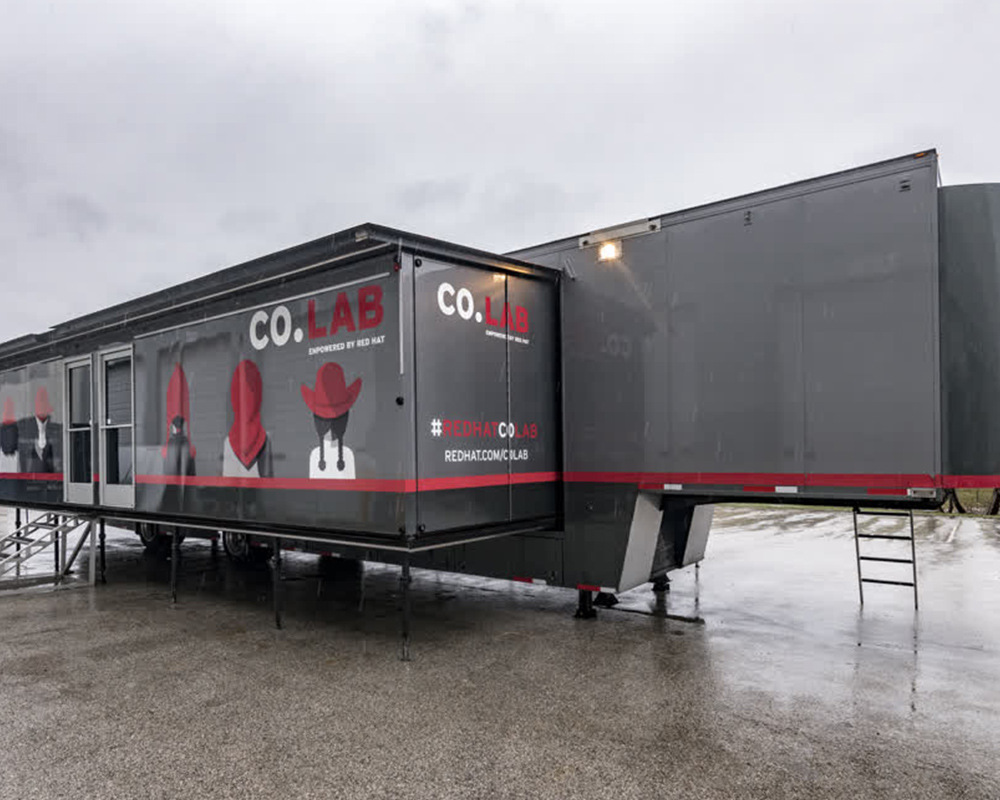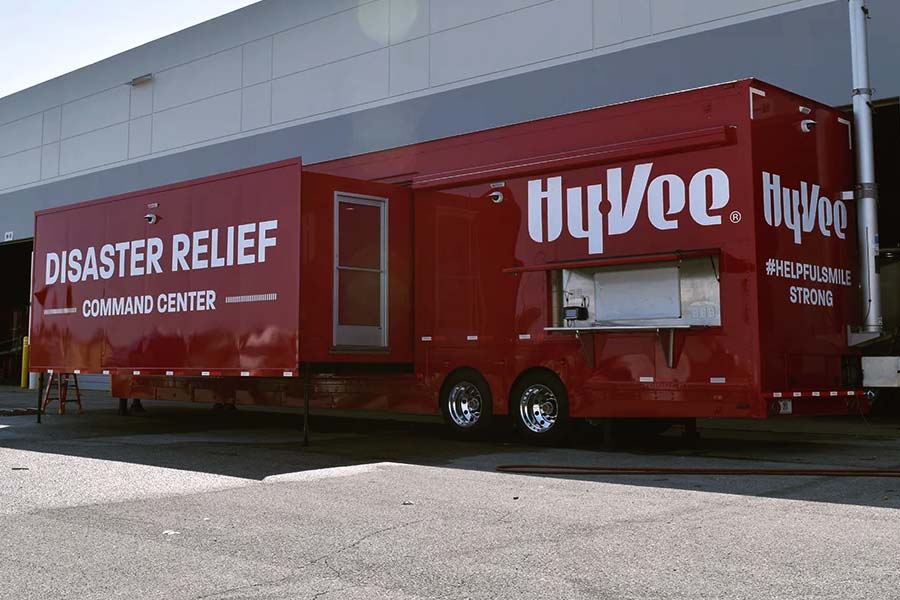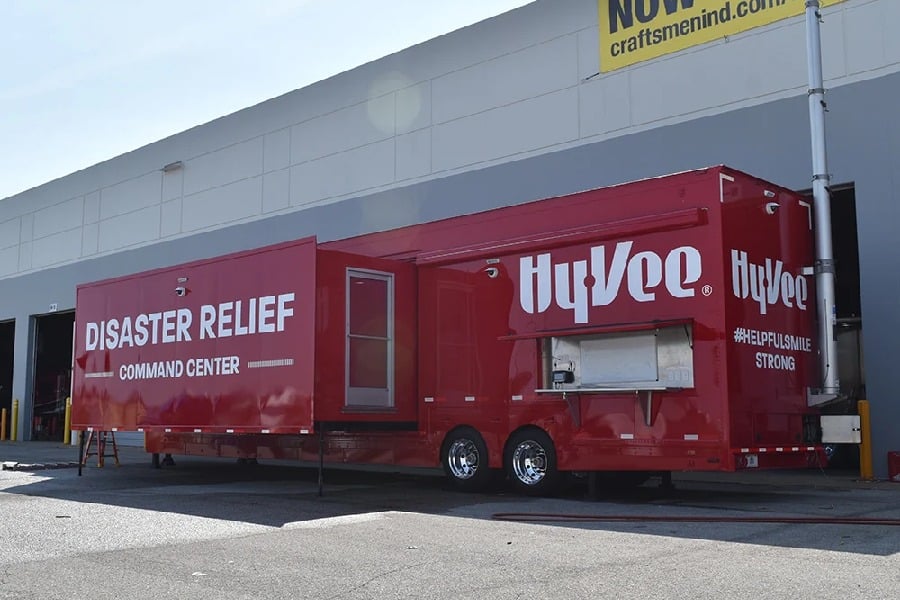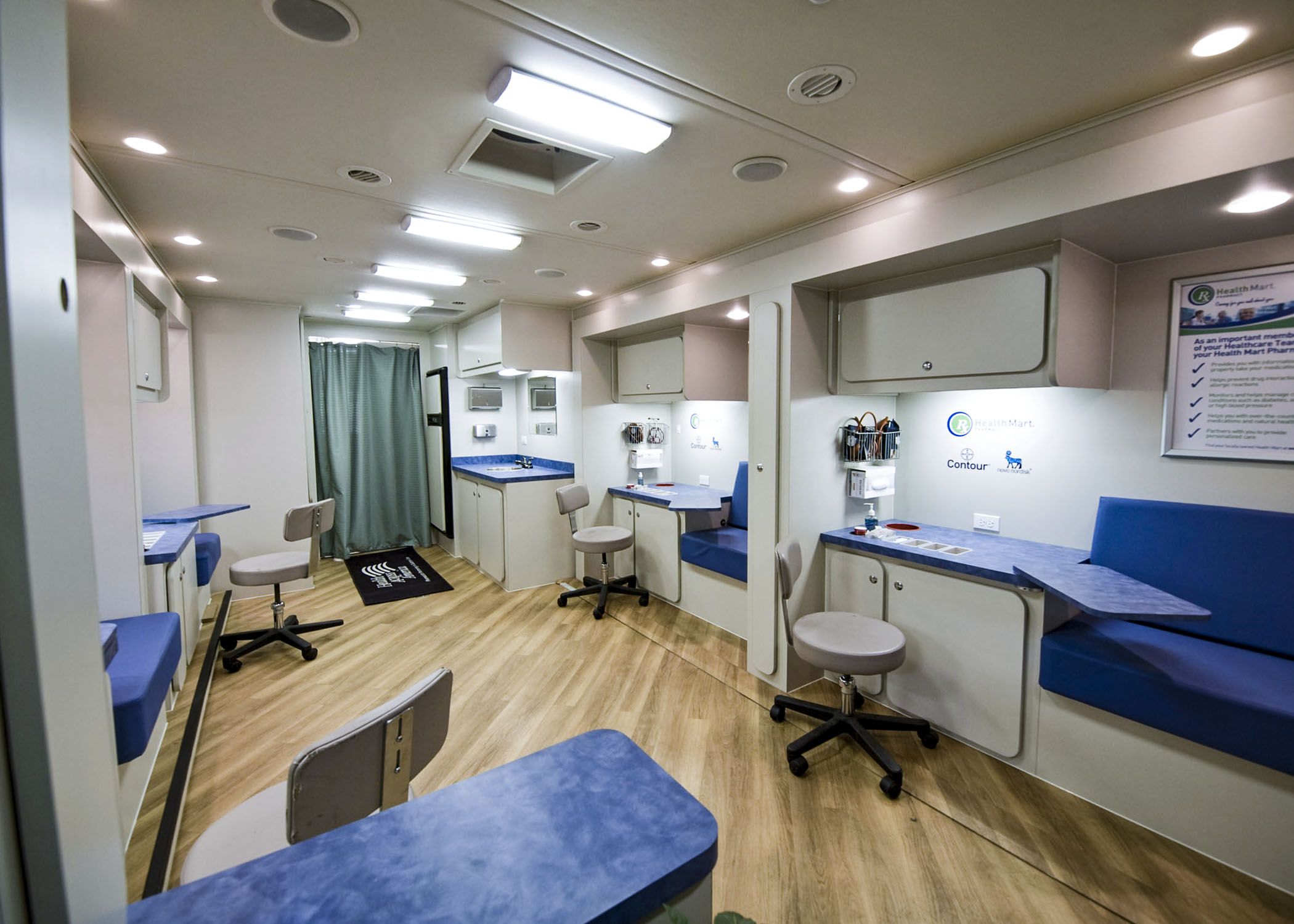Use Cases of Mobile Command Centers in Law Enforcement, Utilities, and Events
In today’s fast-paced world, the need for immediate, efficient, coordinated responses has reached unprecedented levels. Mobile Command Centers (MCCs)...

In an era where real-time coordination can make or break a mission, mobile command centers (MCCs) have become essential for emergency services, defense units, and large event teams. These mobile hubs offer rapid deployment, on-site decision-making, and seamless communication when it matters most.
But creating an MCC involves more than mounting screens in a trailer. It requires precise planning, durable infrastructure, and the intelligent integration of power, technology, and connectivity systems. A well-built MCC keeps your operations agile, informed, and mission-ready, no matter the environment.
Let’s examine the key specifications and informed decisions that contribute to building a high-performance Mobile Command Center Trailer.
Choosing the right platform is the foundation of any successful MCC build. This impacts space, mobility, durability, and even your equipment capacity.
Before proceeding, define how the MCC will be utilized. Use cases vary widely, and so should the build.
Each platform comes with trade-offs. Think carefully about where and how the vehicle will operate.
Once the platform is set, the build must be structurally sound and weather-resistant.
By selecting the right vehicle and structural specifications, you ensure that the rest of the MCC systems perform effectively under pressure.
The MCC is only as good as its ability to stay online and powered up in any situation. This section dives into the backbone of mobile operations: energy and connectivity.
Continuous power is non-negotiable. All systems, from computers to climate control, depend on stable energy sources.
Key components include:
A hybrid power system offers resilience. Battery backup ensures uptime during generator maintenance or failures.
No MCC is effective without seamless communication. Multiple networks must be layered to ensure redundancy and reliability.
Every connection method should be designed for rapid deployment and minimal downtime.
All power and network systems should be centralized through a single control panel or software interface, enabling users to monitor:
If this system is intuitive and reliable, operators can focus more on the mission and less on technical troubleshooting.
Your MCC's interior must function like a mobile office, data center, and situation room, all at once. This requires space efficiency, thoughtful design, and integration of the right gear.
Breaking the interior into zones improves usability and prevents overlap during intense operations.
Typical zones include:
Optional areas include a kitchenette or rest area, depending on mission duration.
Your equipment list depends on the mission, but most MCCs include:
Ensure all equipment is shock-mounted or otherwise secured to withstand rough terrain without damage.
Interior layouts must consider comfort during extended use. Operators may spend 8 to 12 hours in the space.
Excellent layout design leads to better productivity, a smoother workflow, and reduced fatigue.
Security and flexibility aren't afterthoughts; they're essential components of MCC planning. You're handling sensitive data and valuable equipment that must be protected.
MCCs should protect both people and tech assets.
When parked in high-risk areas, vehicle hardening can include features such as bulletproof glass, GPS tracking, and underbody armor.
Well-designed storage makes a huge difference in efficiency.
Think in terms of daily workflows. If gear is easy to find and access like in incident response builds downtime is reduced, and stress goes down.
Technology changes fast. Your mobile command center should have room to grow.
Build today, but think 5 years ahead. This ensures your investment stays relevant and cost-effective.
An MCC should include multi-band communication systems (radio, satellite, cellular, Wi-Fi), secure networking, and integrated surveillance. Modular workstations and a mission briefing area are essential. These features enable real-time coordination and operational control. All systems must support seamless communication and adaptability.
MCCs require dual generators (7kVA or higher), inverter systems, and battery backups. Intelligent power management protects critical equipment from failure. Climate control should include commercial HVAC, insulation, and zoned cooling. This ensures comfort and system stability in all conditions.
Install secure servers, encrypted routers, cloud backup, and VPN access. Surveillance must support live drone, PTZ camera, and sensor feeds. Include encrypted storage and HD monitors for situational awareness. All systems must operate with real-time connectivity and control.
Use weatherproof, flame-retardant materials, such as aluminum or composite panels. Interiors should be durable, easy to clean, and meet fire safety codes. Ensure builds are UV- and corrosion-resistant. Structures must comply with all safety regulations and mission demands.
Design ergonomic workstations, briefing zones, and organized storage. Modular layouts help teams adapt quickly during operations. Add soundproofing, lighting, cable management, and whiteboards for clarity. These elements support focus, comfort, and extended mission performance.
Creating a mobile command center involves more than equipment checklists and square footage. It's about building a mission-ready space that brings clarity, control, and confidence to your operations.
By focusing on core specifications, from vehicle platform and power systems to network integration and interior layout, you can build a solution that performs reliably under pressure.
Craftsmen Industries specializes in high-performance, purpose-built MCC solutions tailored to your specific needs. Let's build more intelligent, safer, and more capable together.

In today’s fast-paced world, the need for immediate, efficient, coordinated responses has reached unprecedented levels. Mobile Command Centers (MCCs)...

Communication breakdowns cost lives. Field teams often operate in chaotic environments with little infrastructure when disaster strikes or critical...

We continue to adapt our operations as outlined in FEMA’s pandemic operational guidance, which helps emergency managers prepare for disaster response...